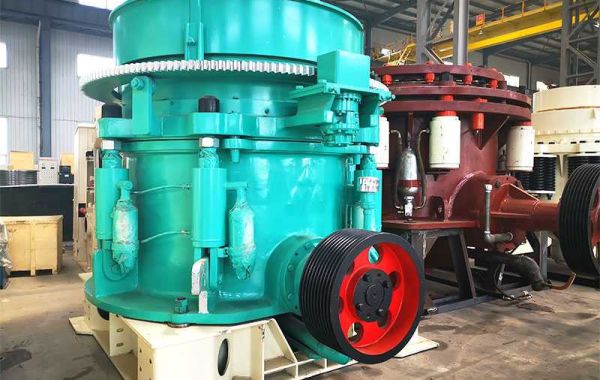Coal crushers play a critical role in the coal handling process, efficiently reducing large chunks of coal into smaller particles suitable for combustion in boilers. Proper operation of coal crushers is essential for maintaining productivity and minimizing downtime in coal-fired power plants and coal processing facilities.
Understanding Coal Crusher Operation
Before delving into operational guidelines, it's crucial to understand the basic principles of the type of coal crusher operation. Coal crushers utilize impact, shear, and compression forces to break down coal into smaller particles. The primary types of coal crushers include jaw crushers, impact crushers, and cone crushers, each designed to handle different types of coal and feed sizes.

Safety Considerations
Safety is paramount when operating coal crushers. Prioritize safety procedures and protocols to prevent accidents and ensure the well-being of operators and maintenance personnel. Implement lockout-tagout procedures, provide proper training, and conduct regular safety inspections to identify and address potential hazards associated with coal crusher operation.
Proper Maintenance Practices
Regular maintenance is essential for ensuring the efficient and reliable operation of coal crushers. Develop a comprehensive maintenance schedule that includes routine inspections, lubrication of moving parts, and timely replacement of wear components such as crusher liners, hammers, and screens. Adhering to a proactive maintenance regimen helps prevent unexpected breakdowns and prolongs the lifespan of coal crushers.
Optimizing Crusher Settings
Proper adjustment of crusher settings is critical for achieving optimal performance and product quality. Monitor crusher parameters such as feed size, speed, and discharge setting to ensure consistent and efficient operation. Adjustments to crusher settings may be necessary to accommodate variations in coal characteristics and production requirements.
Handling Variability in Coal Characteristics
Coal properties can vary significantly depending on factors such as moisture content, hardness, and size distribution. Be prepared to handle variability in coal characteristics by adjusting crusher settings and employing strategies to mitigate potential challenges. Consider installing equipment such as tramp metal detectors and moisture sensors to detect and address variations in coal quality during operation.

Monitoring and Control Systems
Implementing advanced monitoring and control systems can enhance the efficiency and reliability of coal crusher operation. Utilize instrumentation and automation technologies to monitor crusher performance in real-time, detect abnormalities, and optimize operational parameters accordingly. Integrated control systems can streamline crusher operation, minimize human error, and maximize productivity.
Environmental Compliance
Complying with environmental regulations is essential for coal-fired power plants and coal processing facilities. Ensure that coal crusher operation meets emission standards and environmental regulations by implementing pollution control technologies such as dust suppression systems and exhaust gas scrubbers. Regularly monitor emissions and conduct environmental audits to demonstrate compliance with regulatory requirements.
Training and Skill Development
Invest in training and skill development programs to empower operators and maintenance personnel with the knowledge and skills required for safe and effective coal crusher operation. Provide comprehensive training on equipment operation, maintenance procedures, safety protocols, and environmental compliance. Continuous learning and skill development are essential for optimizing crusher performance and minimizing downtime.
Conclusion
Effective operation of coal crushers is essential for maintaining productivity, ensuring safety, and meeting environmental regulations in coal-fired power plants and coal processing facilities. By prioritizing safety, implementing proper maintenance practices, optimizing crusher settings, handling variability in coal characteristics, leveraging monitoring and control systems, complying with environmental regulations, and investing in training and skill development, operators can navigate coal crusher operation effectively and achieve optimal performance. This handbook serves as a comprehensive guide for maximizing the efficiency and reliability of coal crusher operation, ultimately contributing to the success of coal handling operations.








